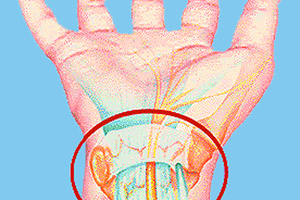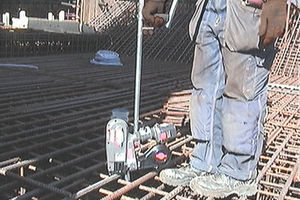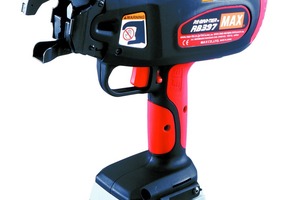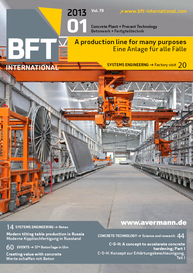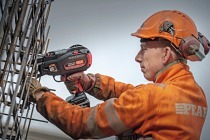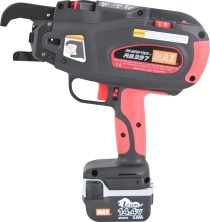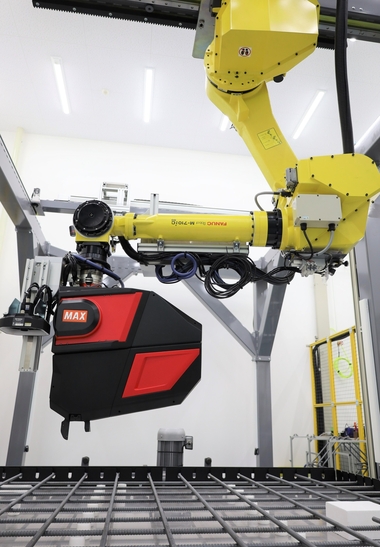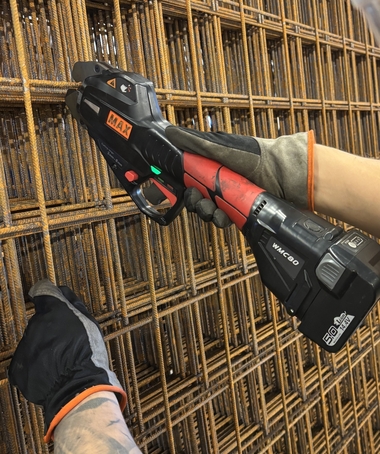Rebar tying tools
The Japanese company Max Co., Ltd. looks back on a tradition lasting for almost 70 years now. Since 1940, a wide variety of products has been produced and further developed at the headquarters in Tokyo, including staple guns, high-pressure nail drivers, air compressors, pen plotters and cutting plotters, and air conditioners. Subsidiaries all over the world provide for a good market presence and supply the customers through specialized dealers. The first Max Rebar Tier for reinforcement bars was brought to the market in 1993 which was sold throughout the world. Now, the latest highlight is...

